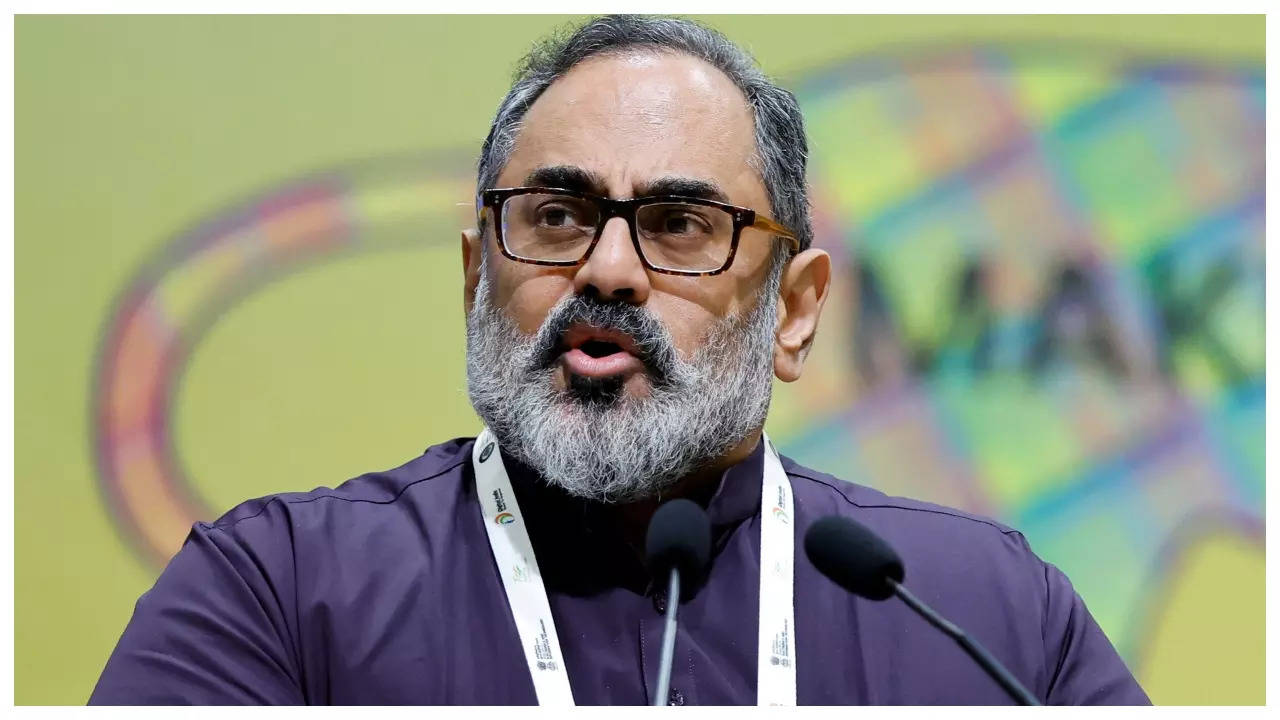‘India to beat China in chip funding’ – Times of India
Minister of state for IT & electronics, Rajeev Chandrasekhar said companies will invest because of a strong demand curve for the precious commodity and as the country emerges as a trusted partner in the electronics ecosystem.
“I am willing to tell you with reasonable confidence that before October or November this year, fabs will be approved. This will be fab manufacturing, the actual wafer fab,” Chandrasekhar told TOI.
The minister said that with a robust demand for electronics across consumer sectors, India will be a lucrative market for semiconductor companies. “Electronics in India is now reaching a critical mass, and the target that we have set out for is $300 billion by 2026. We are on track to achieve this… This would result in a massive need for semiconductors, which we estimate to touch $110 billion by 2029.”
Chandrasekhar said Micron’s $2.7-billion packaging and testing unit, which is coming to Gujarat, will make more companies look at India favourably. “To have Micron – one of the world’s largest semiconductor memory companies – as the first to invest in India, is a big achievement… We are confident that many more companies will now follow Micron’s lead because they all know there is something called the first-mover advantage when coming to India.”
He also said that with India getting a favourable response from companies, its march into the field of semiconductors may be faster than China’s with even lower investments.
“Just to give you a sense of the semiconductor intensity in electronics, China exports $900-billion worth of electronics, but simultaneously needs to import almost $600 billion of semiconductors. They have spent $200 billion in the last 20 years on semiconductors and flopped. On the other hand, we are spending just $10 billion (India’s semiconductor incentive package for investors) and we will be in a position to achieve what even bigger countries – who have spent 10 times more money – have not been able to achieve in over 20 years. We have a big opportunity, at least in semiconductors, to surge ahead of China.”
function loadGtagEvents(isGoogleCampaignActive) { if (!isGoogleCampaignActive) { return; } var id = document.getElementById('toi-plus-google-campaign'); if (id) { return; } (function(f, b, e, v, n, t, s) { t = b.createElement(e); t.async = !0; t.defer = !0; t.src = v; t.id = 'toi-plus-google-campaign'; s = b.getElementsByTagName(e)[0]; s.parentNode.insertBefore(t, s); })(f, b, e, 'https://www.googletagmanager.com/gtag/js?id=AW-877820074', n, t, s); };
window.TimesApps = window.TimesApps || {}; var TimesApps = window.TimesApps; TimesApps.toiPlusEvents = function(config) { var isConfigAvailable = "toiplus_site_settings" in f && "isFBCampaignActive" in f.toiplus_site_settings && "isGoogleCampaignActive" in f.toiplus_site_settings; var isPrimeUser = window.isPrime; if (isConfigAvailable && !isPrimeUser) { loadGtagEvents(f.toiplus_site_settings.isGoogleCampaignActive); loadFBEvents(f.toiplus_site_settings.isFBCampaignActive); } else { var JarvisUrl="https://jarvis.indiatimes.com/v1/feeds/toi_plus/site_settings/643526e21443833f0c454615?db_env=published"; window.getFromClient(JarvisUrl, function(config){ if (config) { loadGtagEvents(config?.isGoogleCampaignActive); loadFBEvents(config?.isFBCampaignActive); } }) } }; })( window, document, 'script', );
For all the latest business News Click Here


